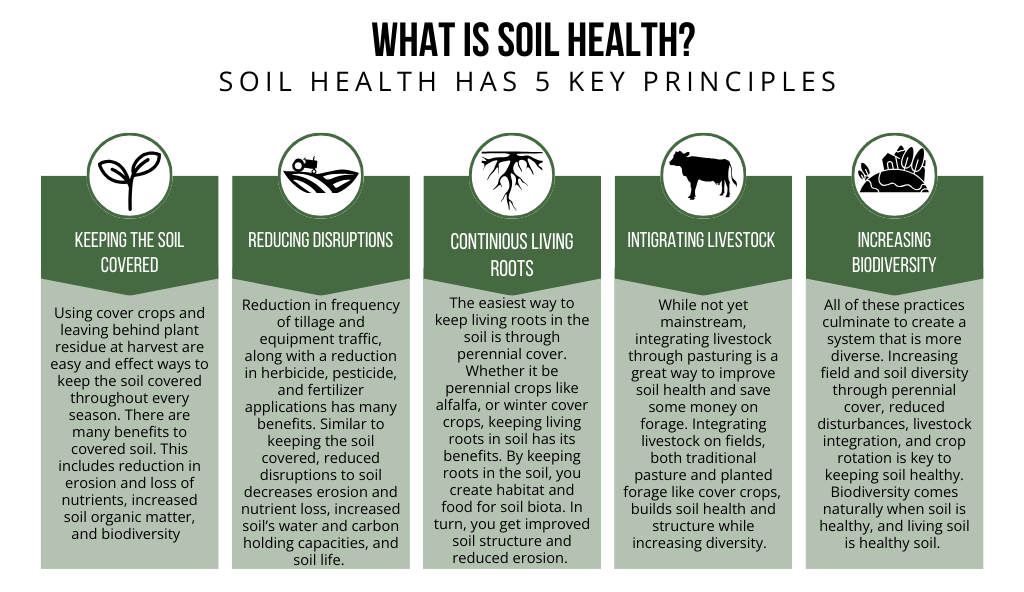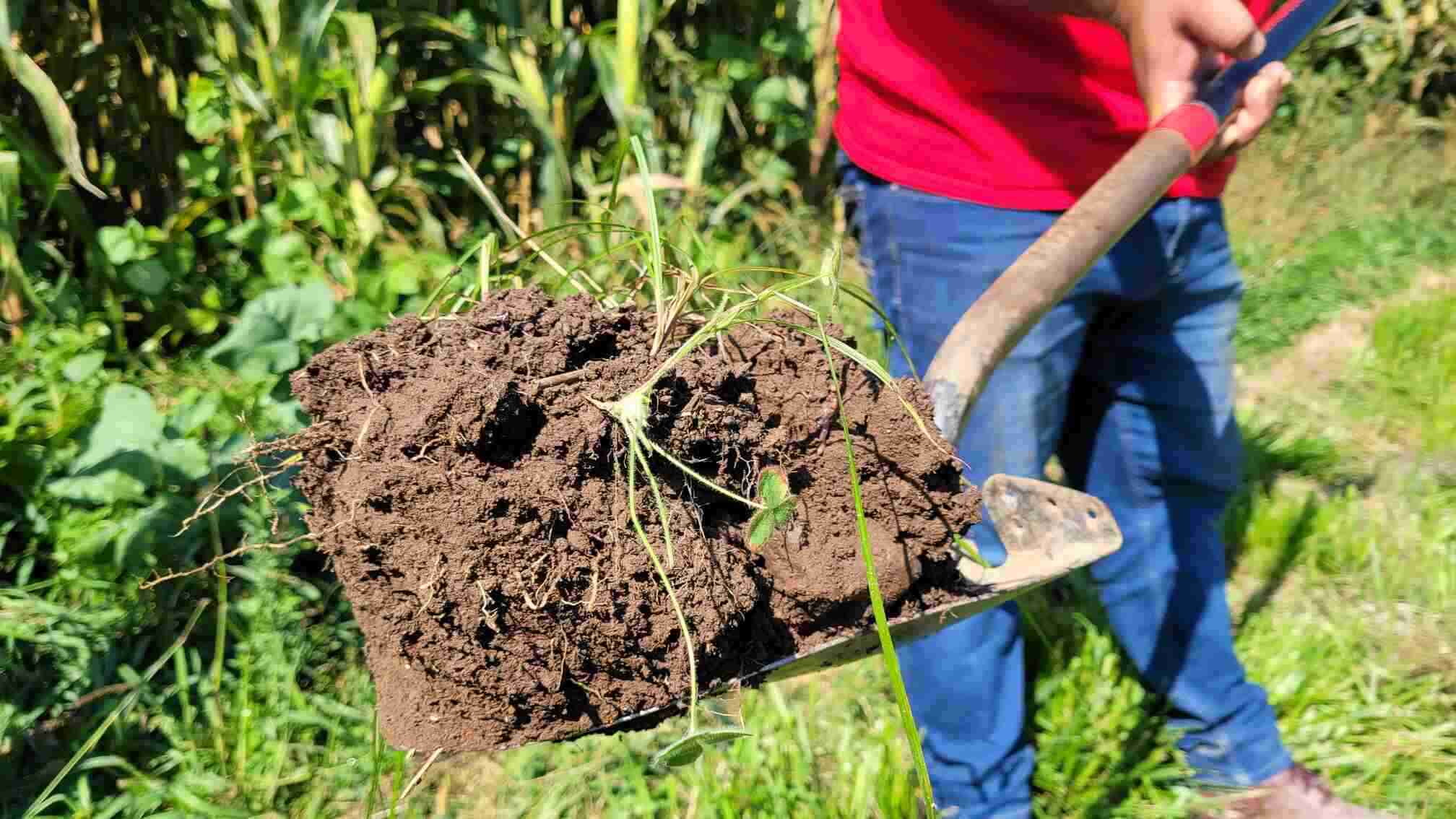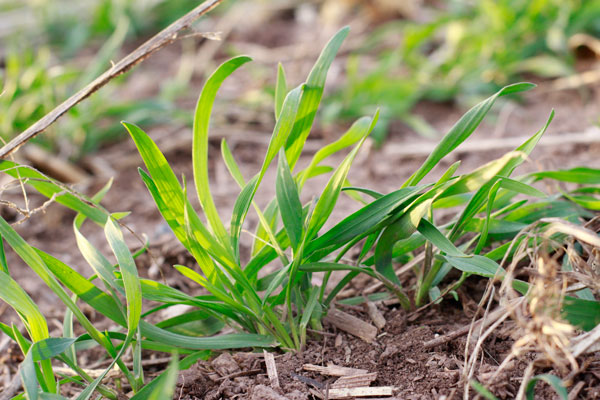Soil Health
Soil health is becoming a larger and more important part of every farm’s operation. Within the basin, improving soil health has been highlighted as one of the key elements to reaching water quality goals.
The Demonstration Farm Network and local farmer-led groups have been important elements in spreading soil health knowledge across the basin. The Demonstration Farm Network is a GLRI-funded program that through partnerships with NRCS, counties, and UW-Madison Extension has provided education and marketing of soil health practices. Leading farms throughout the basin have been selected to act as Demo Farms. Field Days and other educational events are held at these farms to help spread awareness and knowledge about regenerative agricultural practices to neighboring farmers and conservation and agronomist staff. Within our basin, there are three Demonstration Farm Networks: Lower Fox River, Between the Lakes, and Upper Fox-Wolf. The Demonstration Farm Network websites are great educational resources for farmers and conservation staff alike.

Cover Crops
Like soil health as a whole, cover crops are becoming a more integrated part of conventional agriculture. Cover crops are used to keep soil on the field, reduce erosion, and minimize nutrient leaching. This is done by covering the soil with vegetation and having living roots in the ground, securing the soil in place. Another benefit to cover crops is additional biodiversity both below and above ground. Adding a cover crop into a farm’s rotation creates a habitat for soil organisms.


Cover Crop Application Styles
When it comes to utilizing cover crops, figuring out which method to apply can be a little daunting. Here is a breakdown of the various methods to help you choose the right one.
Soil Health Links
USDA Resources
- Conservation Tillage
- Cover Crops
- Nutrient Management
- Agroforestry
- Soil Survey Manual
- Conservation Standards
Local Resources
Cover Crop Links
Resouces
Seed Information
